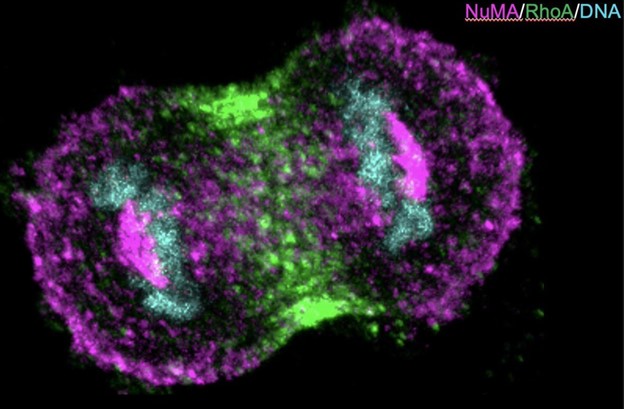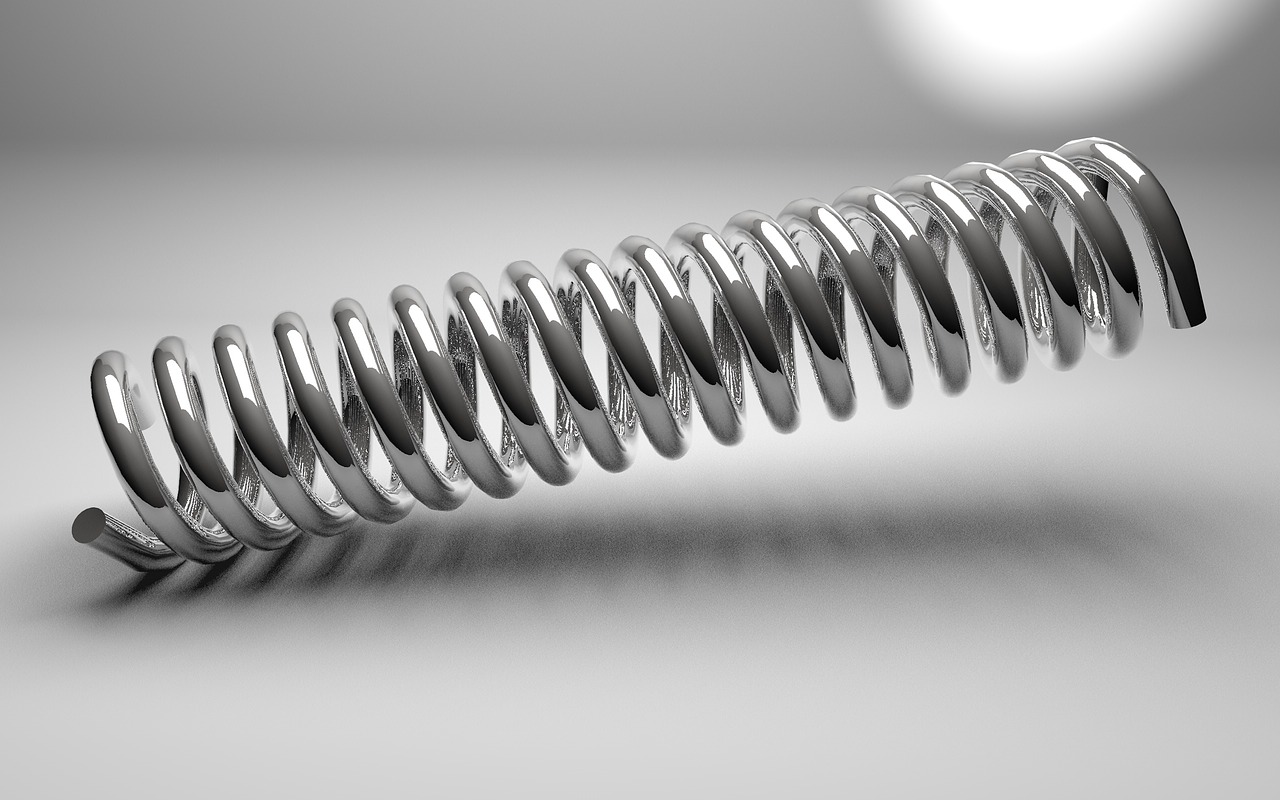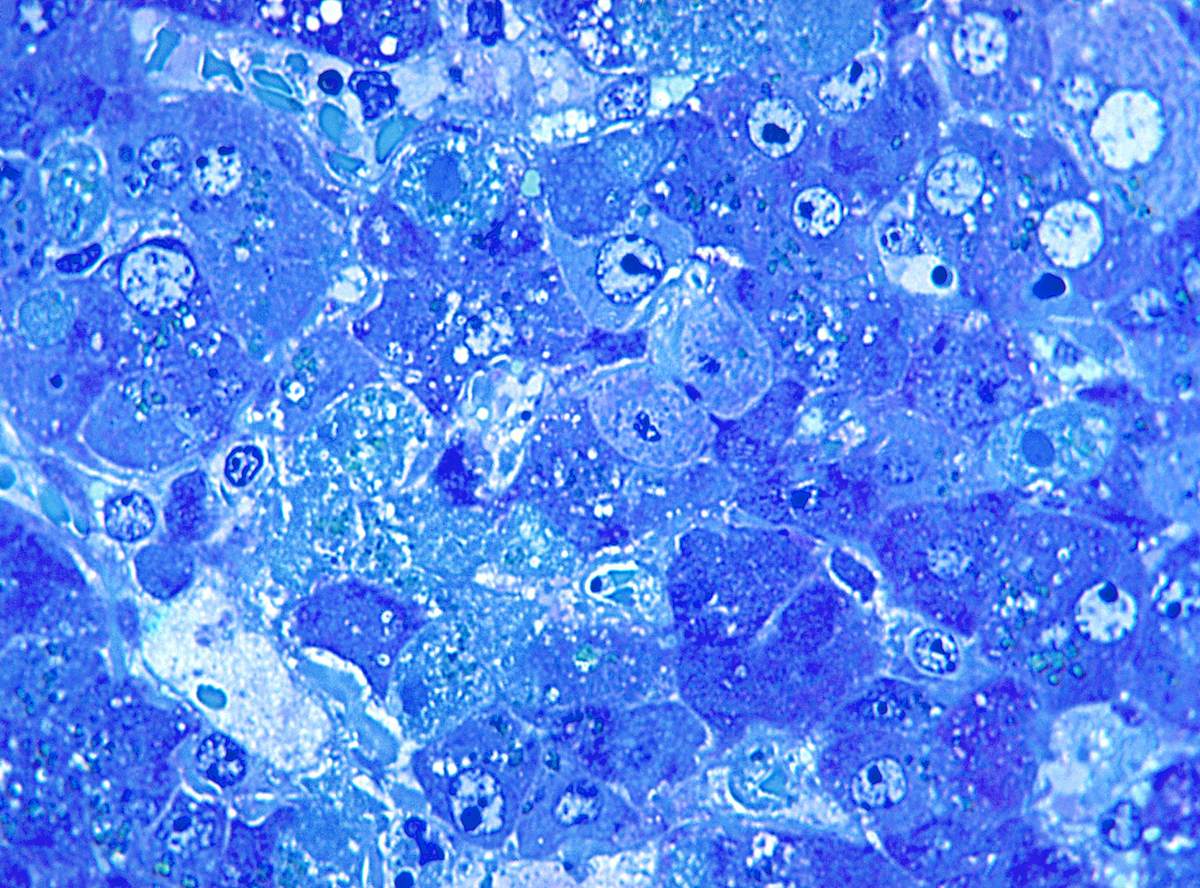
Protein Complexes Assemble at The Cell Membrane in A Polarized Manner
- News
- 2.6K
Researchers at the Department of Microbiology and Cell Biology (MCB), Indian Institute of Science (IISc), Bengaluru, have deciphered how specific essential protein complexes are distributed across two regions in the cell membrane. The findings also help us understand how they play a crucial role in coordinating chromosome segregation with cleavage furrow formation during anaphase. An article has been published on the IISc website, making this announcement.
Cell division is fundamental for all living beings. One of the critical steps in this process is anaphase, during which chromosomes that contain genes are equally distributed or segregated into two newly formed daughter cells. This chromosome segregation is tightly coupled with cleavage furrow formation, bisecting the cells into two daughter cells.
A cleavage furrow is an indentation that appears on a cell’s surface when the cell is preparing to divide. It marks the beginning of the cell’s “pinching” of its cell membrane and cytoplasm down the middle. However, the process of chromosome segregation in coordination with the cleavage furrow formation in time and space is not well-understood.
The team of researchers comprising Shrividya Sana, Ashwathi Rajeevan, and Sachin Kotak have shown that two sets of protein complexes assemble at the cell membrane in a polarised manner, and each of these complexes antagonises the localisation of another complex.
One of these complexes is present in the polar region of the cell membrane, where it generates pulling forces on the spindle fibres to advance chromosome segregation. In contrast, the other complex is restricted to the equatorial region of the cell membrane. This complex ensures that a small protein called RhoA accumulates at the equatorial membrane, which is needed to form a cleavage furrow.
The researchers have conducted immunofluorescence and live-imaging analysis and found how the mutual restriction of the protein complexes controls their confinement to the equatorial region.
“Overall, our work establishes that membrane compartmentalization of NuMA-based and Ect2-based complexes at the two distinct cell surfaces restricts dynein/dynactin and RhoA for coordinating spindle elongation with cleavage furrow formation,” researchers explain. The absence of such coordination will lead to genomic instability.
The study offering valuable insights into the mechanisms controlling key processes during cell division has been published in the Journal of Cell Biology by Rockefeller University Press. (ISW)
If you liked this article, then please subscribe to our YouTube Channel for the latest Science & Tech news. You can also find us on Twitter & Facebook


